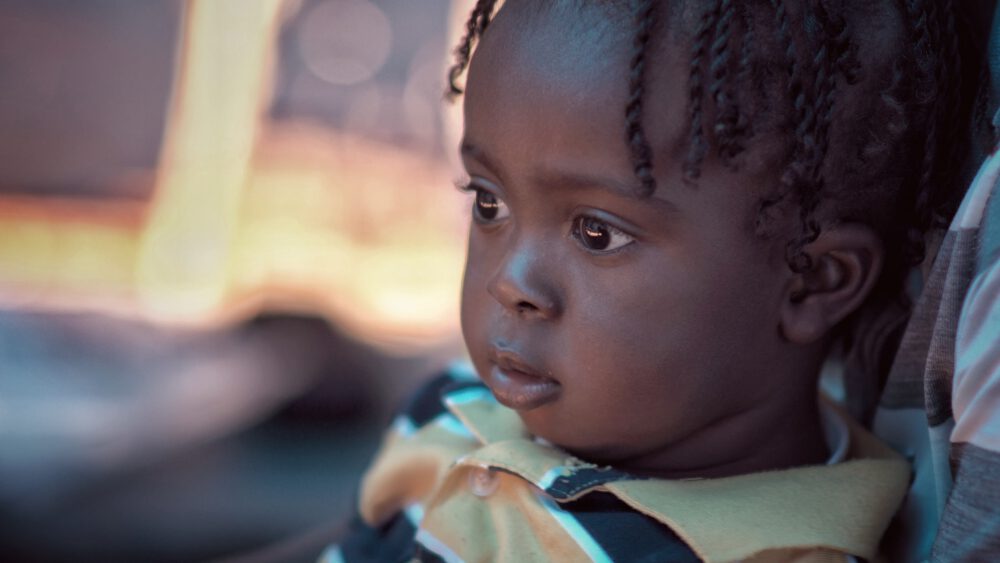What Is Autism…. Really?
Chances are you know someone who has a child with autism.
You can google autism (also known as autism spectrum disorders) and find tons of information- often overwhelming and über-technical.
Let’s get down to the nitty gritty. What is autism… really?
Autism is, at it’s core, a social-communication disorder. It’s a different way of learning. A different way of exploring the world.
This article will consider how autism presents in young children. Stay tuned for a future article on older kids and adults.
“Mama- Look at the horsie!” Your child sees something and wants to make sure you are seeing it, too. You are “in it together”. This is known as joint attention. Even babies and toddlers, who aren’t talking yet can have joint attention. They may look at the horse, look at mom and smile, look back at the horse. The big component is your child wants you to be a part of this experience and is checking, somehow, to make sure you are “in it”. Children with autism may really enjoy seeing the horsie, but may not be interested in sharing the experience with someone else.
“Boo!” Shared joy or social back-and-forth play is tricky for a child with autism. While a child on the autism spectrum may giggle and enjoy a game of peek-a-boo, it is hard for her to show that she wants the game to continue and even harder to request it in the first place. The same is true with emotions. If you’re sad, your child on the autism spectrum might not notice. If you make a funny face in the mirror, she will likely not try to imitate it. Back and forth or reciprocal play, like rolling a car or ball back and forth, is especially difficult.
“Juice, Please!” How do we get our needs met? We might request by asking or pointing. Even very small children can look up into the fridge and nod or shake their head as you offer… milk? juice? water? A child on the autism spectrum may lead you by the hand to the fridge, but that is often where it ends. There is usually not a point or a directed look at the item. You have to play the guessing game- juice? cheese? grapes? And you might not get a response or a meltdown may ensue as your child becomes increasingly frustrated.
Legos… only red Legos… only the red Legos shaped like a brick… only the red Legos shaped like a brick and stacked in a tower. Does your child only want to play with trains or baby shark? If you’re lucky to be a part of his play, do you end up feeling like more of a toy box than a play partner? A child on the autism spectrum might bring a toy to a parent, but doesn’t really show or share or “keep something going” with that toy. It’s more like a drop-off. Play is often very limited or restricted and tends to be repetitive. Your child may entertain himself for hours putting train tracks together and taking them apart and then putting them back together again.
Flappies, Fidgets and Freak-Outs: Children on the autism spectrum often seek sensory input or avoid it. Making funny positions with fingers, flapping hands, looking at toys with the corner of the eye, melting down when one piece of food touches another. These are all examples of differences in sensory processing as well as stereotyped motor mannerisms.
“Digga Digga” Little children who are just learning to speak will often make an attempt at a word and the intention is very obvious. For example, “ogga” as she pets the dog and looks at you or “nana” as she reaches for a banana. Children on the Autism Spectrum often use “jargon” speech that doesn’t sound like much at all. Cute little sounds that may sound like “digga digga” or some other string of sounds over and over and always the same. Or, they may “parrot” what you have said. For example, “Do you want bubbles?” And the child responds, “you bubbles?” instead of saying or showing you “yes” or “no”
When considering the common characteristics of autism, please remember that a diagnosis of autism involves a combination of many characteristics, not just “one thing your child does differently”. If you have any concerns about your child’s development, please contact your pediatrician.



Comments are closed.